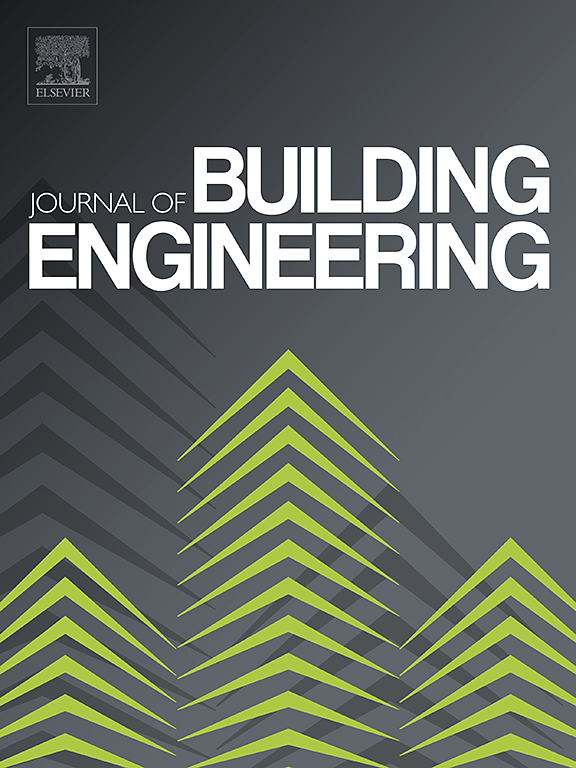Artificial intelligence-driven energy optimization in smart homes using interval-valued Fermatean fuzzy Aczel-Alsina aggregation operators
IF 6.7
2区 工程技术
Q1 CONSTRUCTION & BUILDING TECHNOLOGY
引用次数: 0
Abstract
This research explores integrating artificial intelligence (AI) in energy optimization for smart homes and buildings, specifically focusing on using Aczel-Alsina aggregation operators within an interval-valued Fermatean fuzzy (IVFF) decision-making framework. The primary goal of this study is to develop a robust method for managing uncertainty and imprecision in energy optimization tasks. Using IVFF Aczel-Alsina operators, the proposed approach effectively aggregates decision information, making it highly adaptable to dynamic and uncertain environments. Through a series of comparative analyses, the study demonstrates that this method outperforms traditional techniques for handling complex, ambiguous data, resulting in more efficient energy consumption management and improved occupant comfort. The findings also highlight the advantages of AI-driven decision-making systems in smart buildings, offering a path to enhanced sustainability and environmental responsibility. The key contribution of this research lies in the novel application of IVFF Aczel-Alsina operators for energy optimization, which presents a more flexible and reliable solution compared to existing methods. This approach is poised to advance smart home technologies, ensuring optimal energy use while addressing uncertainties in real-time applications. Future research could focus on expanding the scope of real-time integration and exploring additional parameters for further refinement of the methodology.
求助全文
约1分钟内获得全文
求助全文
来源期刊

Journal of building engineering
Engineering-Civil and Structural Engineering
CiteScore
10.00
自引率
12.50%
发文量
1901
审稿时长
35 days
期刊介绍:
The Journal of Building Engineering is an interdisciplinary journal that covers all aspects of science and technology concerned with the whole life cycle of the built environment; from the design phase through to construction, operation, performance, maintenance and its deterioration.
 求助内容:
求助内容: 应助结果提醒方式:
应助结果提醒方式:


